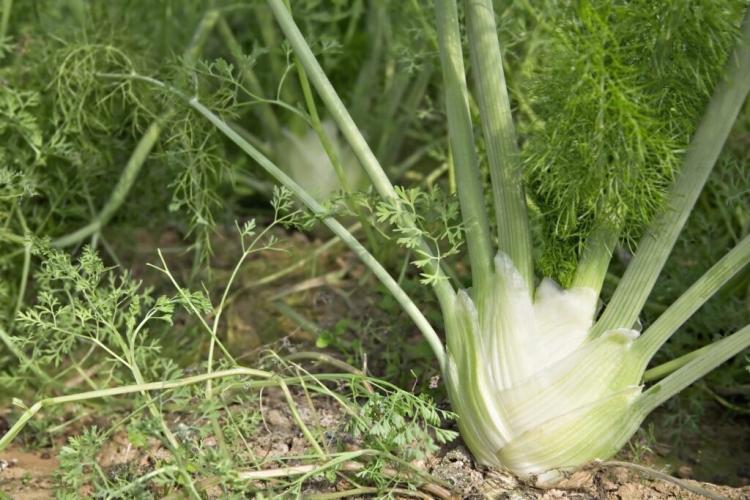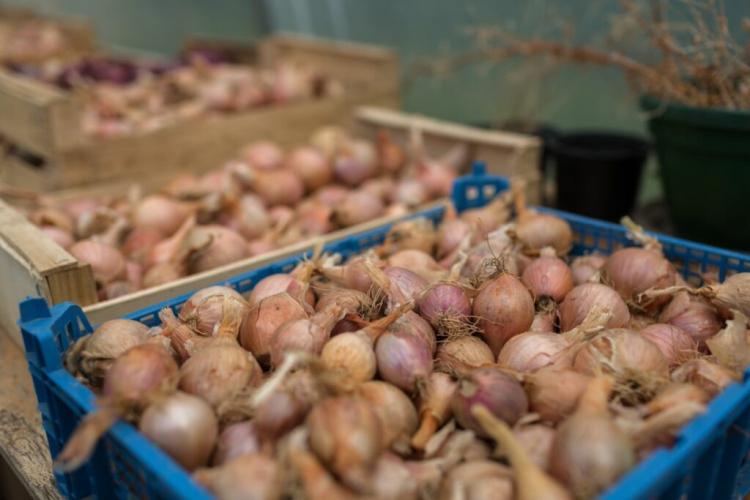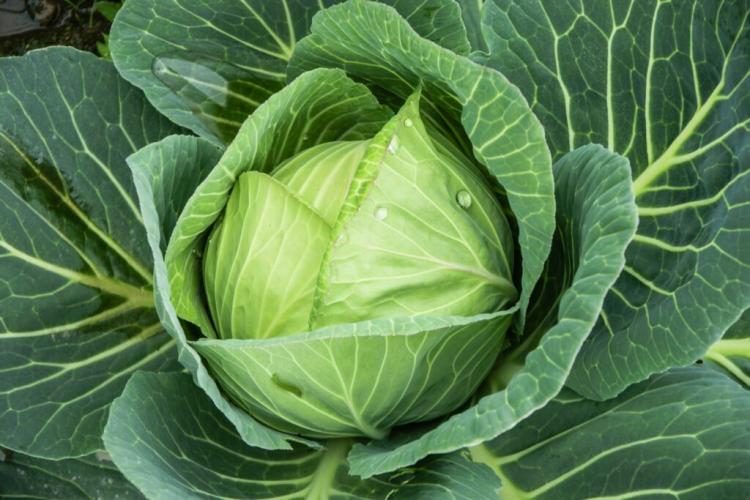Poa Pratensis: Properties And Use Of The Kentucky Bluegrass
Poa pratensis (The Kentucky bluegrass) is a common ingredient in turf seed mixtures. Here you can learn all about the properties and use of the grass.
The Kentucky bluegrass’s spiky inflorescences are probably familiar to you, even if you’re not at all interested in botany. When the tall stems with seeds sway in the wind in midsummer, it is hard to imagine that seeds of meadowgrass enrich almost every home lawn.
Poa pratensis: origin and description
Table of Contents
Poa pratensis, like most lawn grasses, belongs to the sweet grasses (Poaceae). It grows throughout the northern hemisphere of the earth, but meadow bluegrass can also be found in Africa, Australia, and even Antarctica. The Latin species name pratensis means nothing more than “growing in meadows.”
In its natural habitat, The Kentucky bluegrass grows in a turf-like manner by forming vigorous underground stolons, so it tends to grow in large, gapless associations. It can grow up to 20 to 60 centimeters tall and blooms between May and July in panicles that hold new seeds of Poa pratensis. The leaf is dark green to blue-green and can vary in width and pubescence.
Incidentally, in addition to meadow bluegrass, there are other species of bluegrass that can also be found in home lawns. For example, our Gardender Shade Lawn also contains common bluegrass (Poa trivialis), grove bluegrass (Poa nemoralis), and the extremely shade-tolerant slough grass (Poa supina).
Properties and use of The Kentucky bluegrass
The Kentucky bluegrass has all the important properties at a glance, so we have created an overview table for you. Afterward, you will learn everything about the use of Poa pratensis.
What are the characteristics of Poa pratensis?
The Kentucky bluegrass in brief
| Characteristics | Dense and solid grass scar due to strong foothills, leaf strong dark green, drought-tolerant |
| Claims | Medium to high nutrient supply, normal soil without waterlogging |
| Durability | High to very high due to very durable, extremely tread-resistant, and dense grass scar |
| Use | Sports and playground lawns, dry grass, shade grass, sports field grass |
| Germ duration and development | Slow germination and initial development, later completion of scarring; after the establishment of competitive growth |
| Minimum cutting height | Depending on the variety 30 to 40 mm |
| Specifics | Winter hardy, some varieties susceptible to leaf spot disease, unsuitable for wet sites |
The Kentucky bluegrass has a long germination period and slow initial development. Once Poa pratensis has established itself, however, it is a valuable mixing partner – its drought tolerance, low susceptibility to most turf diseases, dense, firm grain, and associated durability are used on heavily used sports fields, for example.
Added to this is the beautiful, dark green color, which in many varieties remains for a long time, even in winter. However, The Kentucky bluegrass is not at all suitable for heavy deep cutting and wet sites: It then grows weak and light and is easily crowded out by other grasses.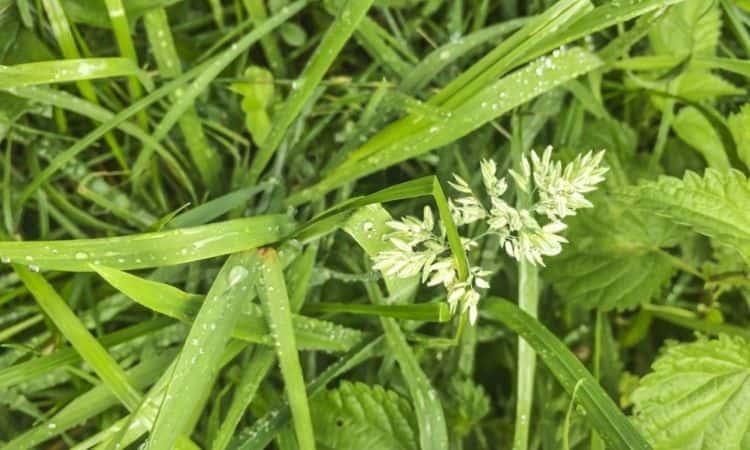
How is Poa pratensis used?
Poa pratensis is highly valued as a perennial forage grass in pasture management. In-home gardening, it is present in almost all mixtures because of its high resilience and drought tolerance. Its frequent use on sports fields proves its high resistance even under extreme use.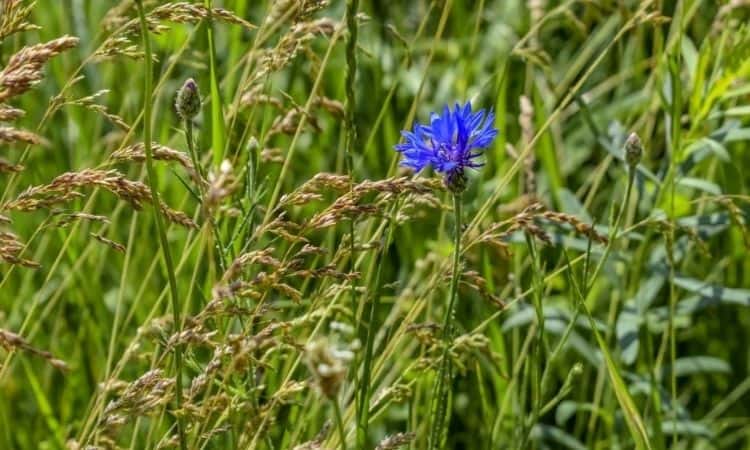
Different varieties of Poa pratensis
Breeding has already tremendously mitigated some undesirable traits such as susceptibility to leaf spot disease. Positive traits such as resistance to treading and wintergreen, on the other hand, have been further improved.
- Poa pratensis ′Joker’:
Slow growing, relatively green even in winter, rather coarse and broadleaf, extremely high scar density, very competitive with weeds. Very hardy and high resistance to rot. Very good suitability for sports and play turf as well as hardwearing turf, less suitable for ornamental turf. - Poa pratensis ′Sombrero’:
Slow growing, relatively green even in winter, rather coarse and broadleaf, high scar density, and good competitive ability against weeds. Medium to high hardiness. Slight susceptibility to some turf diseases. Good suitability for sports and play turf, medium suitability for hard-wearing turf, poor suitability for ornamental turf. - Poa pratensis ′Barhelene′:
Rapid growing, still relatively green in winter, rather coarse and broadleaf, extremely high scar density, competitive with weeds. Medium hardiness. Low susceptibility to turf diseases. Good suitability for sports and play turf, lower suitability for hard-wearing turf or ornamental turf. - Poa pratensis ′Greenplay′:
Very slow-growing, still relatively green in winter, rather coarse and broadleaf, extremely high scar density, competitive with weeds. Good hardiness. Low susceptibility to turf diseases. Best suitability for sports and play lawns, suitability for hard-wearing lawns, hardly suitable for ornamental lawns.


